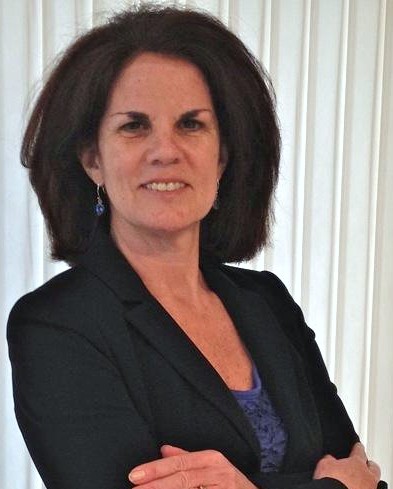
During the 9th Annual Partners’ Connected Health Symposium, several speakers shared examples about how consumers are taking responsibility for their health by using online and mobile tools. Given the changes in health reform, Providers and Payers welcome patients taking on a more active role in both monitoring and managing their health.
1. Trackers for Self Management:
Susannah Fox presented findings from the latest research by the Pew Internet Project and the California HealthCare Foundation which focused on self-tracking. One interesting insight is the segment of adults who track a “health indicator or symptom”; “62% of adults living with two or more chronic conditions is self- tracking”.
The research also revealed that only one third of all self trackers shared this information with someone and half of those shared with a clinician and the other half with a member of the family, group or a friend.
2. PHR with Mobile Capture of Observations of Daily Living (ODL):
Patricia Flatley Brennan, Professor, School of Nursing, University of Wisconsin, discussed the insights that can be gained by “listening in the moment”. Patricia provided an overview of the Project HealthDesign’s five projects for this second round. I was particularly interested as she described how these projects capture the “words of the patient” about their observations of daily living.
Imagine the tremendous value in sharing the patient’s words not only to help the clinician communicate in a way that resonates with the patient but also to discuss the observation data patterns and their impact on the patient’s live.
After the conference, I reviewed the projects on the Project HealthDesign website to get a better understanding about the tools that were being used by patients. Several projects entail having the person enter the observations into their mobile phone; symptoms for Asthma, pain and energy levels for Crohn’s disease, caregiver stress for high risk babies and moods for Obesity. For the project focused on elders, I was interested to see sensors being used to collect information to monitor their cognitive decline.
3. Online Patient Communities
Right from the beginning, I knew this panel was designed to be provocative- “Online Patient Communities are an effective way to Deliver Care”. Alex Drane, moderator and CVO at Eliza explained the panel's focus on peer to peer patient communities without clinicians.
Shouldn’t this panel really have been titled “Online Patient Communities are an effective way to ‘support’ care”? So much has been written about the strong value that patients receive sharing their experiences.
Taking patient communities to the next level, it would be interesting to consider how one type of patient community differs from another. Is there the same intensity of involvement for different types of conditions? Do patients participant in them mostly when they are diagnosed or do they stay on to give back? Are patients using the tracking tools and sharing with others in the community? Are there examples where clinicians are successfully participating in these patient communities?
Opportunities to Empower Patients with Data & Tools
Healthcare organizations have any opportunity to provide data and tools as resources to support consumer health management. Here are some areas that I am closely watching.
Connecting the Data Dots on Health: As a patient gathers information from the various tracking tools, how can this information be combined with other data about him to provide a more comprehensive picture to guide their collaborative care decisions? As Joseph Coughlin, Director MIT Age Lab asked during his Symposium keynote “Data, data everywhere but where are the drops of actionable knowledge?”
Interjecting Data into the Discussion: When can the patient discuss this information with their care team and get the needed guidance for behavior change? How can this information be incorporated in to a coaching session as the patient discusses the management of her chronic condition? During an intervention, how can this information support the decision discussion?
Measuring the Impact of the Tools: Each organization will need to think about measuring the elements that make the tool actionable. During her keynote on “e” is for Engagement, Susannah Fox shared a few key measures that they captured for the self trackers including the percent that said their data collection “affected a health decision”, led them to “ask a doctor new question or seek a second opinion” and “changed their overall approach to health”.
As organizations continue to evolve their business models and approaches, these data and tools become more important because they effectively engage patients in their own health. In recent discussions with leading organizations, I have heard about their increasing investments in connecting data and tools to bring more insight to the patient to better manage their health with the support of their care team. What is your organization doing to provide truly engaging online and mobile resources for your patients?
 consumer engagement evaluation,
consumer engagement evaluation,  consumer generated health and wellness content,
consumer generated health and wellness content,  educating consumers about health and wellness,
educating consumers about health and wellness,  mobile health application,
mobile health application,  patient ehealth engagement,
patient ehealth engagement,  self- management health tools in
self- management health tools in  Behavior Change Health & Wellness,
Behavior Change Health & Wellness,  Data Driven Health Engagement,
Data Driven Health Engagement,  Decision Support eHealth,
Decision Support eHealth,  Mobile Engagement Health & Wellness,
Mobile Engagement Health & Wellness,  Patient Decision Support,
Patient Decision Support,  Patient Engagement,
Patient Engagement,  shared decision making ehealth
shared decision making ehealth 



Reader Comments